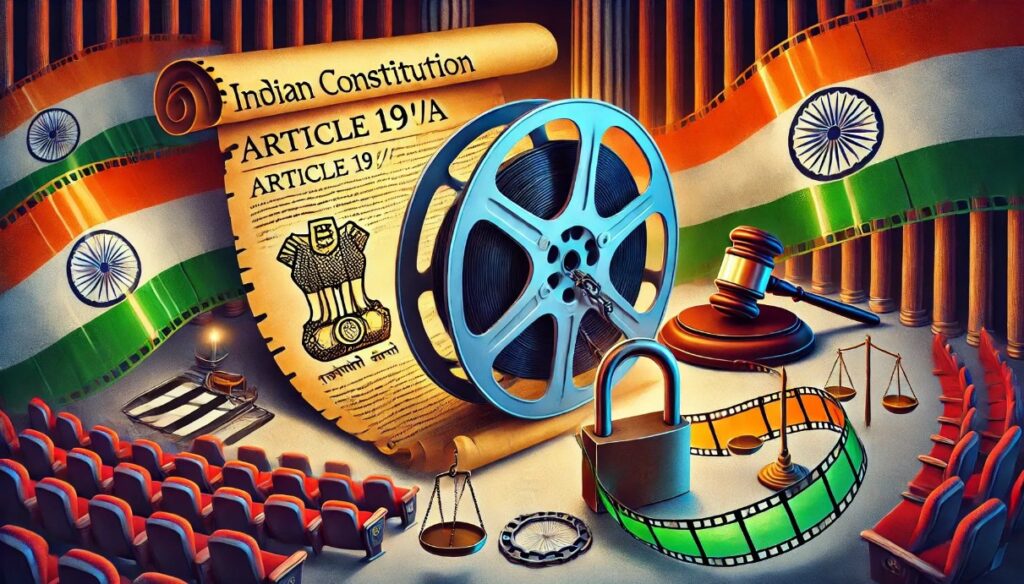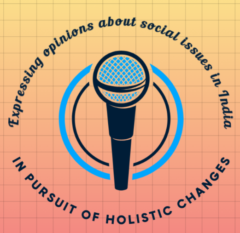
A Cinematic Storm Brews
The Malayalam film industry’s latest blockbuster, Lucifer 2: Empuraan (L2E), has become a lightning rod for debates surrounding creative liberty. While the film soared to commercial success, crossing ₹200 crore within five days, it faced an unusual hurdle—24 cuts demanded by external groups. As a result of the Empuraan controversy, 2 minutes and 8 seconds of footage was removed, including scenes depicting communal clashes and dialogues deemed sensitive. Ironically, a film about power struggles became entangled in one of its own.
In the wake of the Empuraan controversy, the movie’s producers scrambled to mute dialogues and rename characters like Baba Bajrangi to avoid perceived parallels with real-world figures. Fans were left questioning whether the soul of the movie had been compromised in the process. After all, how can filmmakers deliver authentic narratives when scissors hover over every frame? This controversy highlights a larger issue plaguing Indian cinema—the constant tug-of-war between creative freedom and societal sensitivities.
The Empuraan Controversy and Its Impact on Storytelling
Empuraan, the sequel to 2019’s Lucifer, was marketed as a gritty exploration of politics and power. Instead, it became a case study in censorship’s impact on storytelling. Following the Empuraan controversy, scenes depicting riots were sanitized to avoid “inflammatory content,” reducing them to vague shadows of their original intent. Gendered violence sequences were trimmed, leaving audiences wondering whether the editor mistook the film for a family drama.
The Empuraan controversy has ignited a significant discourse on the delicate balance between creative freedom and external pressures in the cinematic world. Narrative gaps, scene modifications, and dialogue edits have diluted the film’s impact. As one viewer sarcastically remarked, “We paid for a thriller but got a puzzle with missing pieces.” This raises questions about how censorship affects not just individual films but broader storytelling trends in Indian cinema.
Creative Liberty: A Casualty in Indian Cinema
Cinema has long been a medium for storytellers to explore diverse narratives, challenge societal norms, and present unvarnished truths. Filmmakers often delve into complex themes, aiming to provoke thought and evoke emotions. This liberty allows for a rich tapestry of stories that reflect the multifaceted human experience.
Imagine writing a novel where strangers redact every third page—that’s what Indian filmmakers face today. The 24 cuts in Empuraan are just one example of how creative liberty is often sacrificed at the altar of vested interests. A 2023 FICCI report revealed that 58% of filmmakers self-censor scripts to avoid backlash. This trend stifles innovation and forces creators to tread carefully around sensitive topics.
Ironically, audiences crave bold storytelling that challenges norms. A 2025 Ormax survey showed that 73% of viewers prefer uncensored content on OTT platforms. Yet theatrical releases must navigate censorship boards and external pressures, often diluting their essence in the process. As screenwriter, Javed Akhtar humorously quipped, “We’re not making films anymore—we’re knitting sweaters full of holes.” The question remains: Can Indian cinema truly thrive under such constraints?
Historical Echoes: Censorship Through the Ages
Censorship in India has deep historical roots, dating back to colonial times. In 1921, Bhakta Vidur was banned for its nationalist undertones—a move that set the stage for future battles between art and authority. Post-independence saw films like Garam Hawa (1974) delayed for depicting Partition trauma, while Emergency-era Aandhi (1975) was shelved for its alleged parallels with Indira Gandhi’s life.
The 2000s brought fresh absurdity to this saga. Parzania (2007), which critiqued state inaction during the Gujarat riots, struggled to find theaters willing to screen it due to fears of backlash. Documentaries like Final Solution (2004) were outright banned despite winning international acclaim. These instances highlight how power dynamics continue to shape artistic narratives in India—a country where history is often rewritten with scissors rather than pens.
Recent Trends in Film Censorship
Streaming platforms initially offered hope for creative freedom but soon fell under scrutiny as well. OTT regulations introduced in 2021 mandated content ratings and disclaimers longer than some show runtimes. Series like Tandav (2021) faced FIRs for allegedly hurting sentiments—forcing platforms like Amazon Prime to edit scenes post-release. Even digital giants seem reluctant to challenge societal sensitivities head-on.
Meanwhile, theatrical releases like The Kerala Story (2023) proved that controversy sells—but only if filmmakers survive the backlash first. Director Vivek Agnihotri cheekily remarked, “Make films they’ll protest; then sell tickets to protesters.” While this strategy may boost box office numbers, it does little to address underlying issues surrounding censorship and creative liberty in India’s entertainment industry.
The Price of Expression: When Art Meets Danger
The cost of free expression in India is sometimes tragically high. Journalist Gauri Lankesh paid with her life in 2017 after criticizing divisive ideologies—a chilling reminder of the dangers faced by dissenting voices. Similarly, filmmaker Sanjay Leela Bhansali endured physical attacks and death threats during the making of Padmaavat (2018). His crime? Imagining a queen’s life through his artistic lens—a concept apparently too provocative for certain groups to handle.
Dark humor abounds: In India, you can play a villain on-screen but dare critique one off-screen? That earns you a lifetime subscription to Z-category security—or worse. The message is clear: “Write flowerily or prepare for funerals.” Yet creators persist because silence would be an even greater tragedy than censorship itself.
Voices of Concern from Industry Stalwarts
“Censorship assumes audiences can’t discern fiction from reality,” lamented filmmaker Anurag Kashyap during an interview on artistic freedom in India’s cinema landscape. Actor Naseeruddin Shah echoed similar frustrations: “If art must be harmless, let’s ban rainbows—they’re too colorful”. Following the Empuraan controversy, one of its producers, Gokulam Gopalan admitted candidly: “We’re here to entertain—not politicize”.
These voices reveal an industry divided between resistance and survival strategies—where some fight tooth-and-nail for creative rights while others adopt a “cut-bow-survive” mantra just to keep their projects afloat amid turbulent waters filled with controversy sharks circling every artistic endeavor.
The Way Forward: Balancing Art and Society
To protect creative liberties in India, immediate action is crucial, especially in the backdrop of the Empuraan controversy. Importantly, this calls for social justice and zero discrimination against curbing creative liberty. Courts must intervene when dissent is mislabeled as “anti-national,” ensuring artistic expression isn’t stifled by external pressures or mob outrage masquerading as public sentiment. The state should provide necessary protection to creators facing threats during controversies. This should continue until resolutions are reached amicably without untoward incidents occurring.
Censorship boards need to adopt more liberal guidelines, focusing on age-based certification rather than indiscriminate cuts. This approach would allow for nuanced storytelling while respecting audience sensibilities. Additionally, fostering dialogue between filmmakers and communities can preempt conflicts, building bridges of understanding.
As we move forward, let’s champion stories that inspire and challenge rather than those sanitized to appease the biased few. By supporting bold, unapologetic storytelling, we can ensure that India’s cultural landscape remains vibrant and diverse. After all, art should provoke thought, not violence. It’s time we embraced cinema’s power to spark meaningful conversations and drive societal change.
#CreativeLiberty, #ArtisticFreedom, #CensorshipReform
